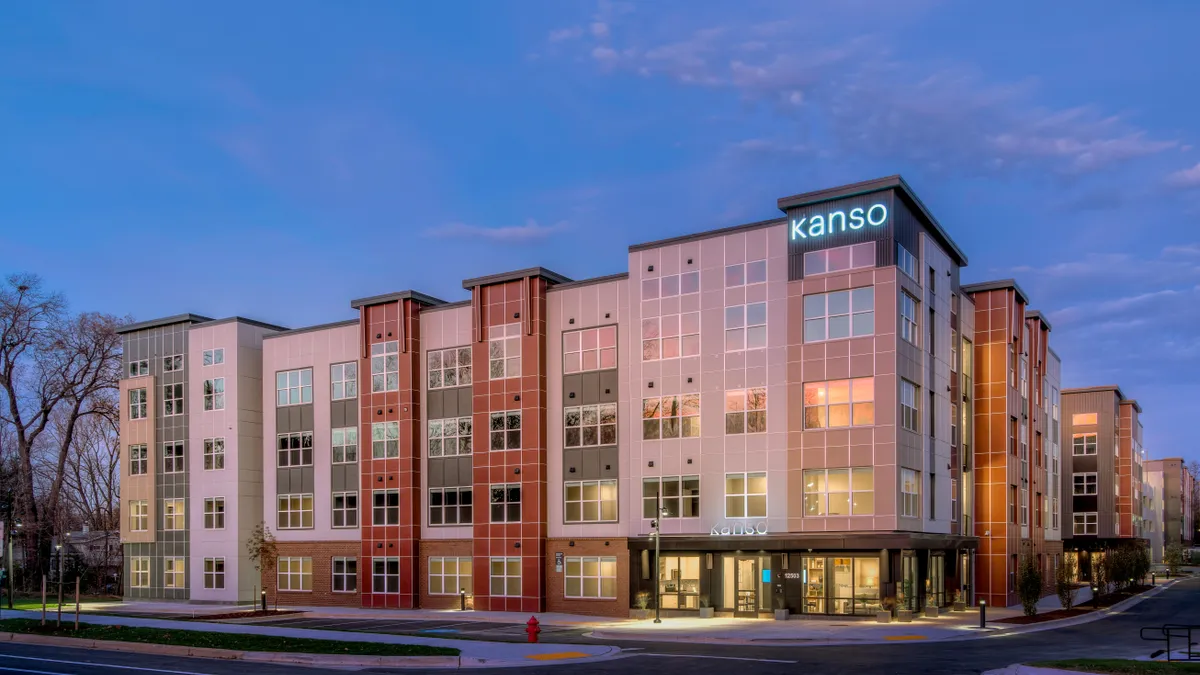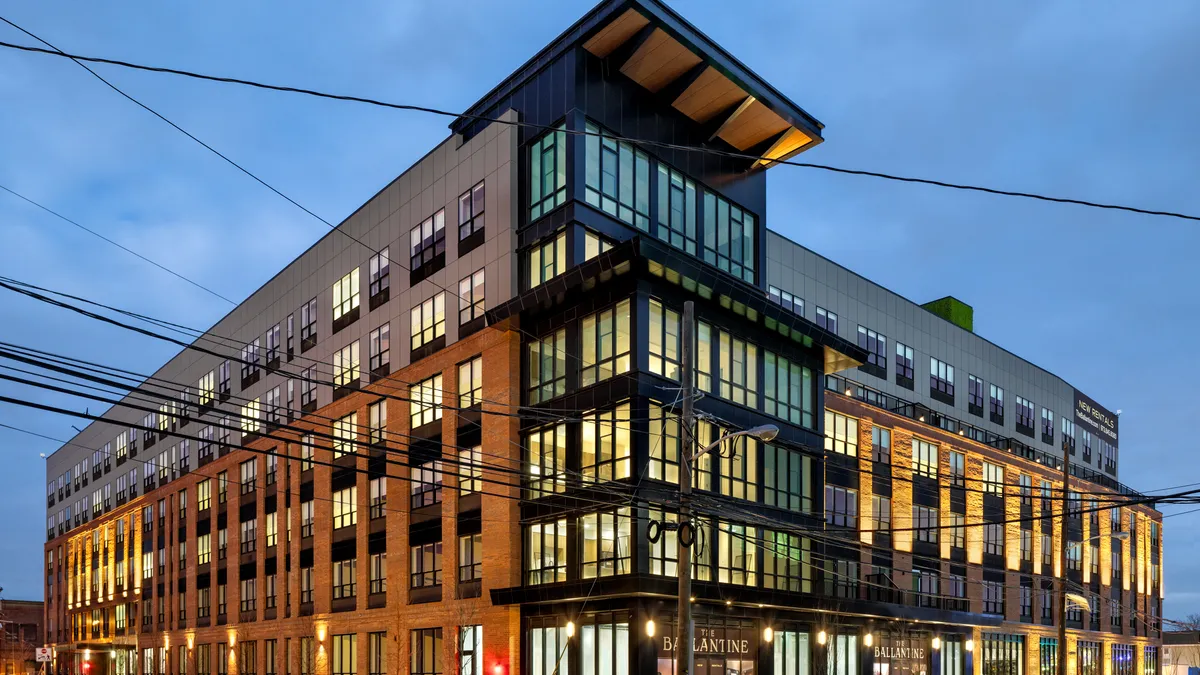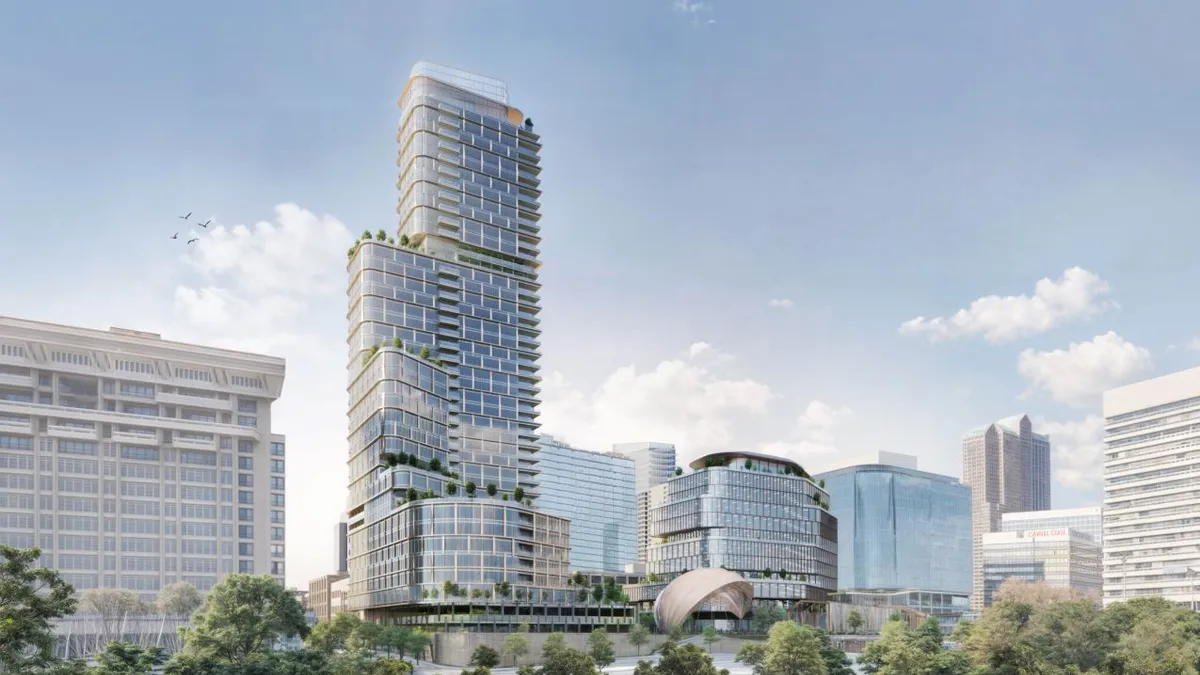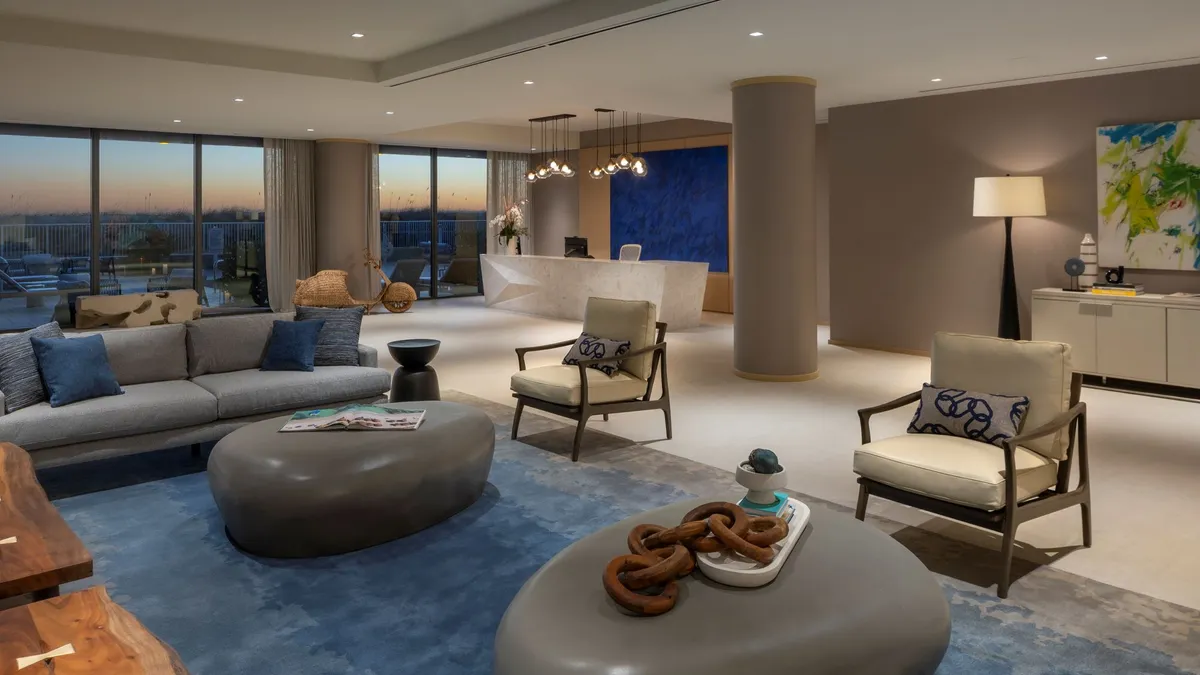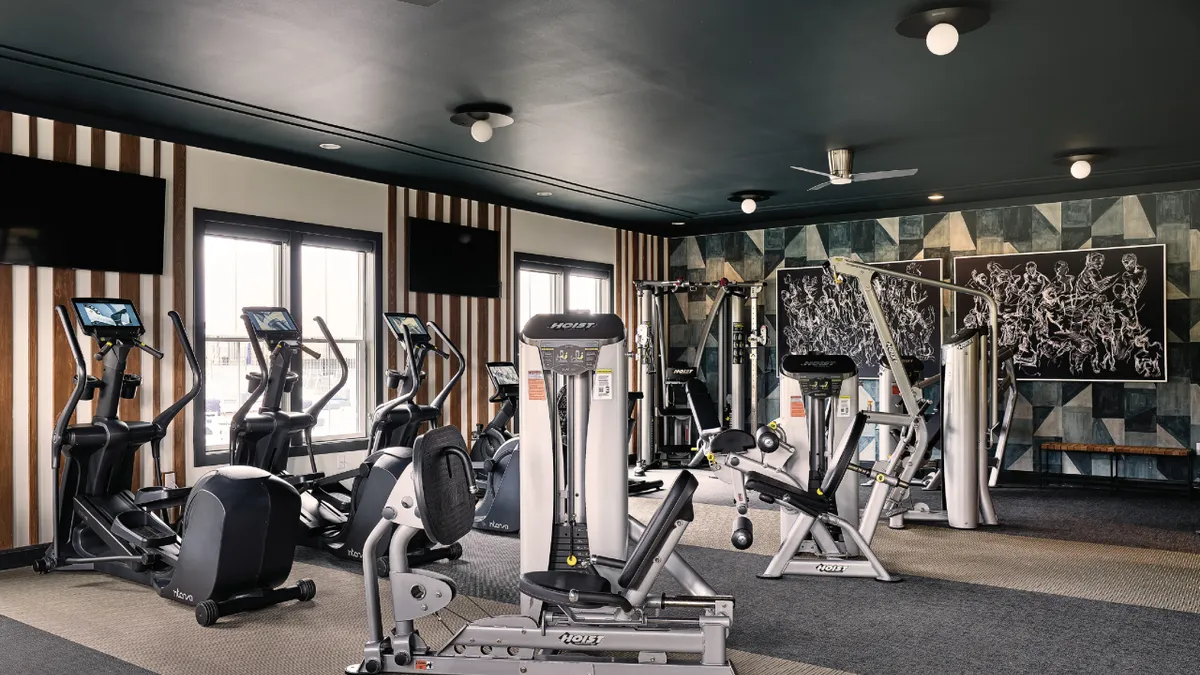Over the past year, Multifamily Dive has talked to more than 20 apartment executives to understand how the industry views centralization and how companies are adopting it. In the coming weeks, we’ll post a series of stories from those interviews. For the fourth installment, we’re looking at how one of the largest apartment owners in the U.S. implemented centralization. Click here for the third installment.
AvalonBay Communities has been at the forefront of centralizing apartment operations for almost 20 years now.
In 2007, the Arlington, Virginia-based REIT opened a service center in Virginia Beach that still provides back-office financial administrative support for its properties. It was one of the first of its kind in the apartment industry. Now, the firm is opening a second in San Antonio, Texas, which should employ 50 associates by the end of the year.
The call center also provides support for some of AVB’s other initiatives, like its neighborhood model, teams can be shared for up to 1,500 units. “It [the neighborhood model] wouldn’t be possible without our remote support,” Michael Coyne, AVB’s vice president of operations, told Multifamily Dive.
Here, Coyne talks with Multifamily Dive about the neighborhood model, the centralization of customer-facing tasks and the benefits of sharing resources.
This interview has been edited for brevity and clarity.
MULTIFAMILY DIVE: How is your neighborhood model an evolution from a pod of properties?
MICHAEL COYNE: We call this neighborhood model basically the next version of the pod. A pod is where you share a manager across maybe two or three communities, maybe 600 or 700 apartments.
A neighborhood is larger, and it's not just about management sharing. It could be five communities or 1,500 apartments, and the whole team is sharing work. They're able to have more organized turn teams and specialized service request teams. That changed over the course of 2022 and 2023.
What changes are occurring now?
That same neighborhood transformation is occurring for office leasing associates. Historically, our centralized support was mostly for back-office activities — billing and things like that.
Has centralizing customer-facing activities changed resident service?
So, the digital tools, centralization support and neighborhood team built up to what I like to call the operational outcome. In the past, we may have had a community in a neighborhood of five that maybe was closed on a Monday. Now, a community down the street is providing remote support for those residents, and potentially prospects, on that day when that community is closed. So we're able to provide more coverage.
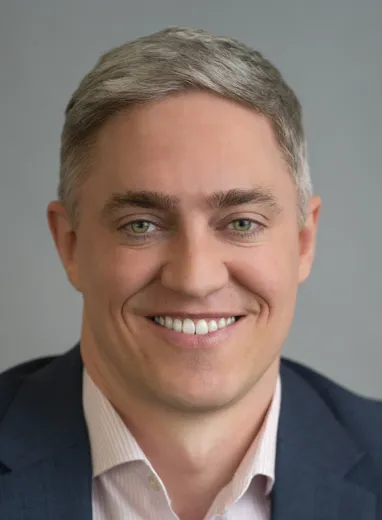
The experience outcome for prospects is that they can now tour seven days a week at many of our communities, with the help of smart locks and support from the neighborhood team, as well as remote associates. For residents, maybe they have an application question, a renewal question or a service question, and they’re getting answers from self-service or an associate more quickly. We're able to do that efficiently because we have this more flexible model.
Has your model helped smooth out workloads across properties?
In the past, we might have had one community that was just really overworked for a period of time if there was construction or any number of issues. And in the past, that was something that only that community team was able to manage, whether it was maintenance or office related.
Now, with that spread over 1,500 apartments, we’re able to shift resources around more easily. So it's not that you have two communities over here where folks are totally fine and one community that's challenging. It's being able to balance workload more easily.
What are some things you discovered after you launched the neighborhood model?
Eighteen months ago or two years ago, a lot of the common thinking was that unless you've spent a ton of time on one specific community, you won't be able to effectively manage that renewal. You won't effectively be able to manage that parking question. You won't be effectively able to manage that application question.
We have found that if that associate is part of the neighborhood [part-time] or we have better digital tools that are supporting a remote associate, many times we can get that question answered for a resident or prospect, even if that associate has not spent multiple years in that community. So, that was a pleasant surprise that we're still working through.
Also, whenever you have something that’s on, if not 24/7, then at least seven days a week, 10 hours a day, that's a great benefit for our business. I think it has provided scheduling benefits for a lot of our associates. It has been really interesting to see how some of our neighborhood leaders realize maybe today they’re not going to have an associate in a community that day [due to scheduling or illness], but they know that the touring will still be working very effectively.
They can allocate resources and spot issues more effectively. Those are all benefits that came out of this.
Click here to sign up to receive multifamily and apartment news like this article in your inbox every weekday.



